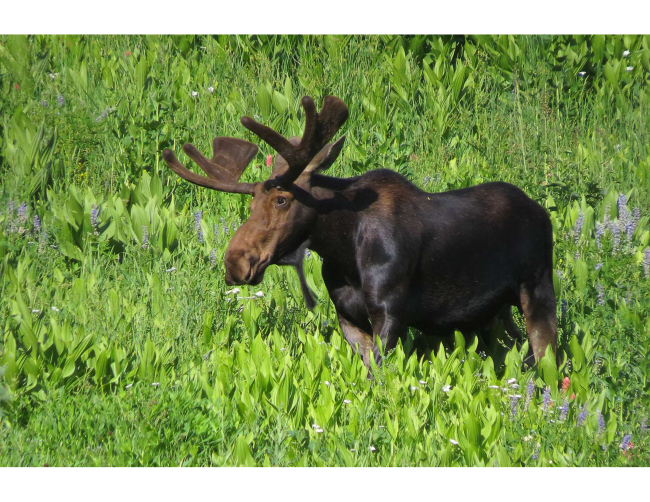Educational and Reference Resources of the Tri-Canyons
Ecology on the Trail: Adaptation
Adaptation
 In this article, we are heading to Donut Falls in Big Cottonwood Canyon to learn about one of our favorite topics: adaptations! As we learn about adaptations, keep in mind the concept of niche, habitat, and ecosystem. Consider how the adaptations of a plant or an animal may help them fill their niche, live in their habitat, and contribute to their ecosystem.
In this article, we are heading to Donut Falls in Big Cottonwood Canyon to learn about one of our favorite topics: adaptations! As we learn about adaptations, keep in mind the concept of niche, habitat, and ecosystem. Consider how the adaptations of a plant or an animal may help them fill their niche, live in their habitat, and contribute to their ecosystem.
← Look for this Earth Icon to easily locate activities or bonus tips.
As temperatures change in the canyons, remember that one of the Leave No Trace principles is to Plan Ahead and Prepare. Make sure that you dress for the weather and bring layers. At the end of the day, we want people to have positive nature experiences and it might hinder your experience if your group is too hot or cold!
Teacher Supplements
Teacher Presentation
Student Guide
Map – Donut Falls, Big Cottonwood Canyon
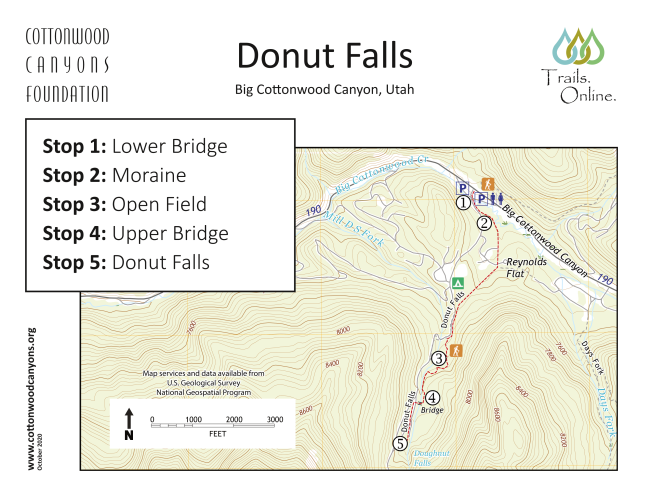
Trail: Donut Falls (out and back)
Directions: The parking area at Reynolds Flat is located 9 miles up Big Cottonwood Canyon and has newly painted parking spaces on either side of the canyon road. There is a pedestrian crosswalk for safe road crossing, and pit toilets are located in the parking area. Begin your hike by walking up the paved road until you see the Donut Falls trailhead sign on your left.
Trail Information: The trail is 3.5 miles round trip with an elevation gain of 521 feet. As you near the falls, use caution as you navigate over rocks that can be slick. Please adhere to posted signage and do not travel beyond the end of the trail.\
Additional Trail: If you’re ready for a longer day or planning a return trip, the Mill D North Fork trail is a great choice. The trailhead is on the north side of the canyon road, and be sure to use the pedestrian crosswalk. The trail is 1.9 miles one way (3.8 miles round trip) and ends at a junction where you may continue to Dog Lake (an additional 0.5 mile one way ) and to Desolation Lake (an additional 1.9 miles one way).
Pre-Activity – Adaptation
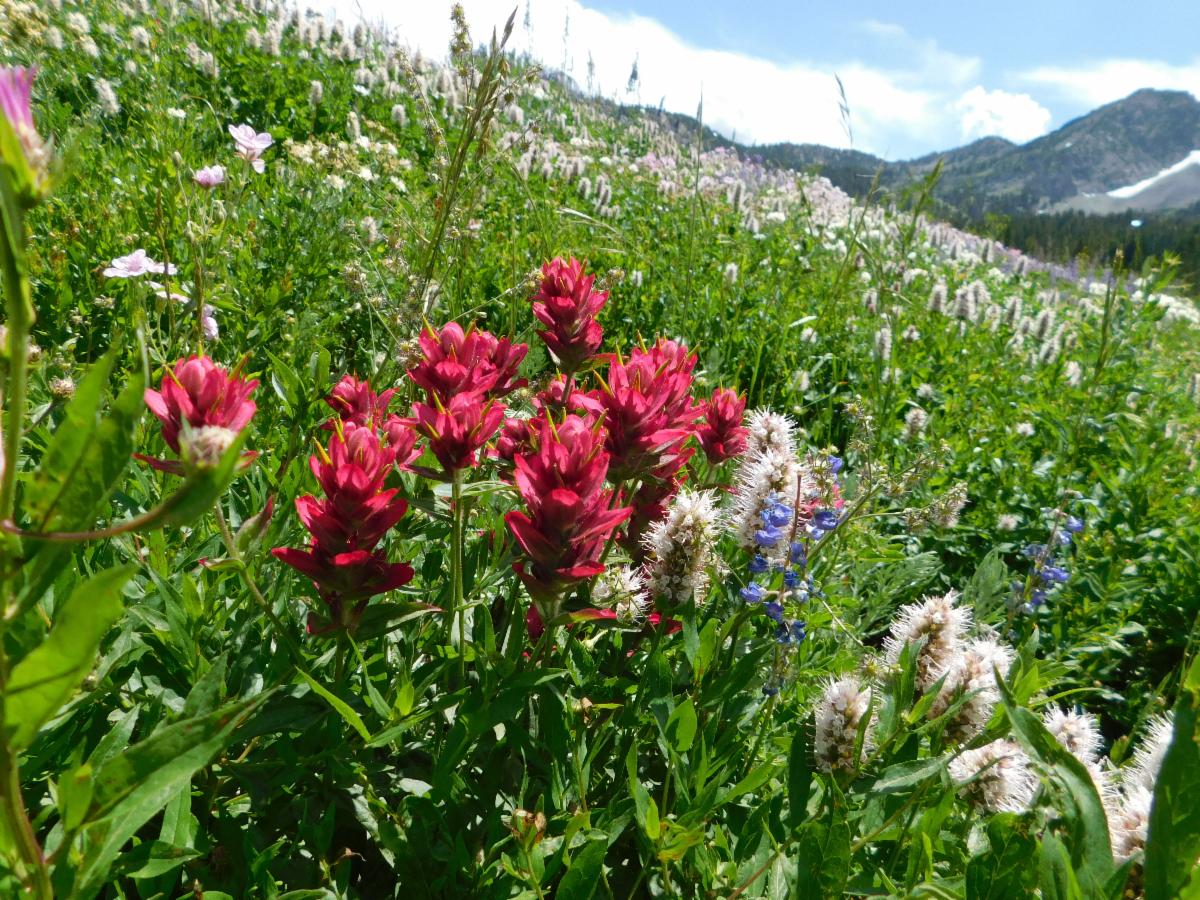 What comes to mind when you think of the word adaptation? Can you think of examples of adaptations? What do adaptations do?
What comes to mind when you think of the word adaptation? Can you think of examples of adaptations? What do adaptations do?
An adaptation is a special trait that an organism has that helps it survive and thrive in its environment. An adaptation can be physical (something about its body), or it can be behavioral (something that it does). Can you think of examples of physical and behavioral adaptations?
One example of a physical adaptation is camouflage – many creatures have skin or fur that is a certain color or pattern in order to help them blend in with their surroundings. Camouflage would be a benefit for animals that are hiding from predators. Predators also benefit from camouflage to keep them concealed from their prey. One example of a behavioral adaptation is migration. During the winter when the temperatures drop and snow begins to fall, some animals have a hard time finding the food they need to survive. So what do they do? They go somewhere else! This is a behavior that helps them survive, although they may also have some physical adaptations to help them travel long distances.
Do you think that adaptations help living things fill their niche (their role), live in their habitat (their home), and be a part of their ecosystem (their larger community)?
Stop One – Lower Bridge
Topic: Wildlife
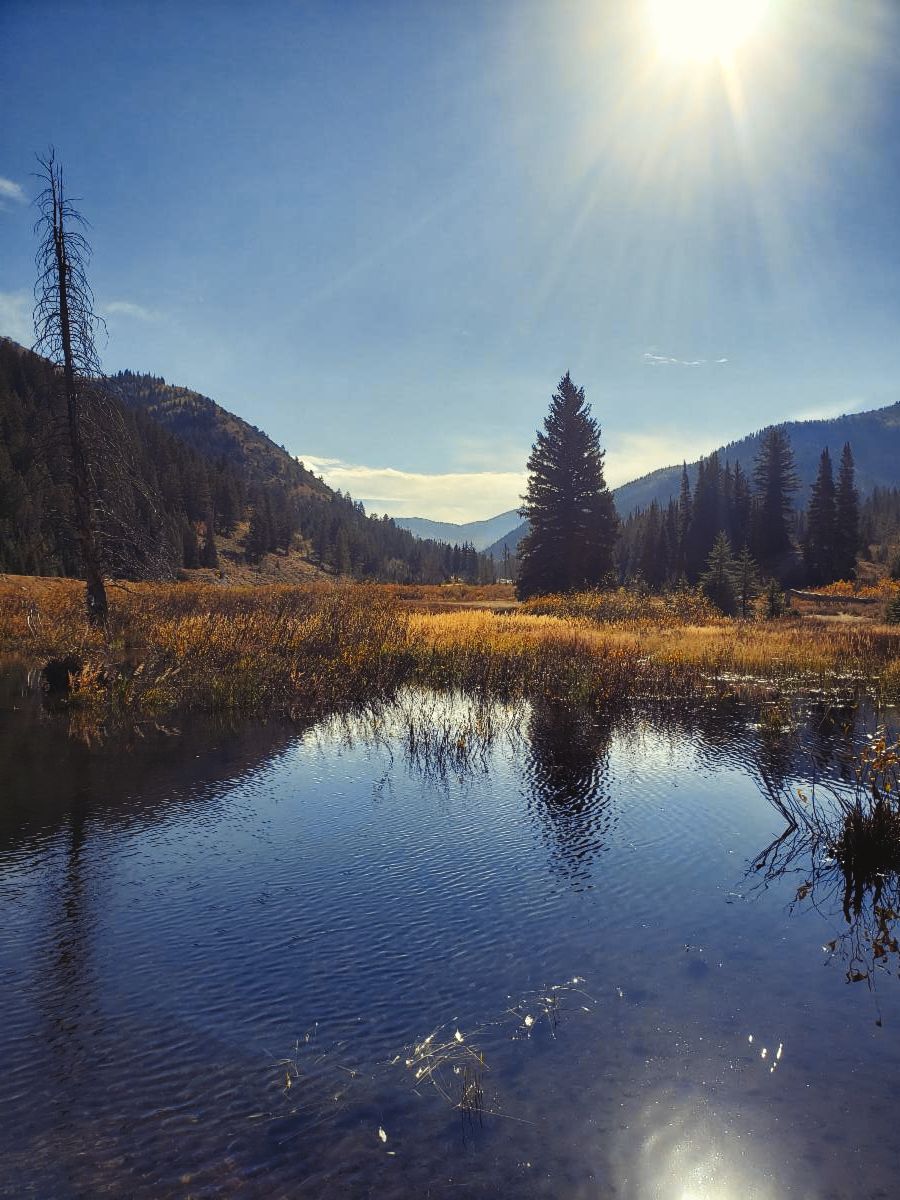 If you’ve been to this spot in the past, maybe you’ll notice that the wetlands look different. Beaver activity throughout this past spring has changed the area, resulting in more standing water. Beavers are herbivores (plant-eaters) that spend much of their time in the water, but come up onto land to cut down trees to build lodges and dams. What kind of adaptations do you think might be helpful for their lifestyle? Take a moment to brainstorm. What helps you swim underwater? What might help you cut down a tree?
If you’ve been to this spot in the past, maybe you’ll notice that the wetlands look different. Beaver activity throughout this past spring has changed the area, resulting in more standing water. Beavers are herbivores (plant-eaters) that spend much of their time in the water, but come up onto land to cut down trees to build lodges and dams. What kind of adaptations do you think might be helpful for their lifestyle? Take a moment to brainstorm. What helps you swim underwater? What might help you cut down a tree?
Beavers have some incredible adaptations for their semi-aquatic life! To help them see underwater they have a second, clear eyelid that acts like a pair of goggles. To help them stay underwater longer, their nose and ears close to keep water out. When you swim, do you keep your fingers together or do you spread them apart? It is a bit easier to swim with your fingers close together, and a beaver has an adaptation that helps them swim more efficiently – their back feet are webbed! They use their tails like rudders to help them steer while swimming and to slap the water to let other beavers know that a predator is near! Beavers also have the ability to waterproof themselves by using a special grooming claw to rub oil all over their fur. To cut down trees, beavers cannot use hand tools like humans can, so instead they are equipped with long, sharp front teeth. These teeth keep growing continuously throughout their life!
Keep a cautious eye out while you are here, as moose like to frequent this area. If you encounter a moose, remember to keep your distance! All moose can act aggressively if they are provoked. Moose live in the canyons year-round, even in all the snow. They like to munch on the willows you see growing around the water’s edge and they’re also powerful swimmers that will eat the plants that live underwater. What kind of adaptations would be helpful to a moose?
Between the cold temperatures and the amount of snow in the canyons, moose need some special traits to help them survive harsh winters. Their large hooves act like snowshoes and their long legs help them move through deep snow. Their hair is hollow, which helps keep them insulated in cold temperatures. However, these adaptations aren’t just helpful in the winter. Their large hooves and long legs are an advantage when traveling over rocky ground, when swimming, and even when defending themselves! The hollow hair helps them stay afloat while swimming.
Bonus: We’ve talked about adaptations being an advantage, but do you think that an adaptation could be a disadvantage in certain situations? Let’s think about moose hair. The hollow hair is more insulating than non-hollow hair, so it helps keep moose warm in freezing cold winters. However, it also makes moose sensitive to heat which means that they can overheat in the summer if the temperatures are too warm. Because of this, they can only live in cooler environments. They also have certain behaviors to help keep them cool, like taking a dip in the water, staying in the shade, and being active during the cooler parts of the day.
Stop Two – Moraine Overlook
Topic: Geology
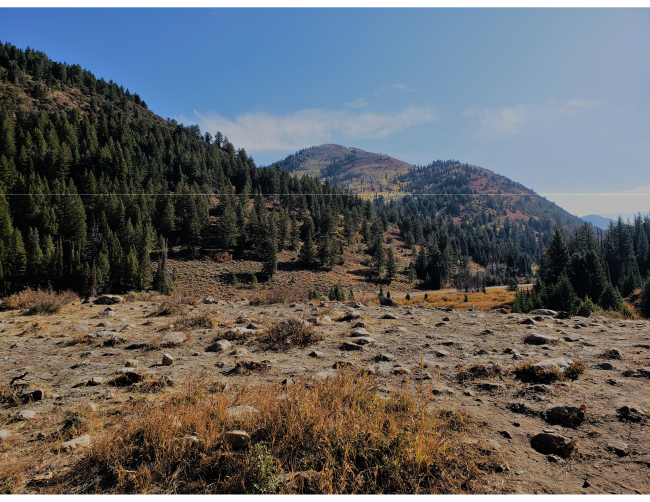 As you stand here, you’ll notice that you are in a wide open area that is flat compared to the rest of the canyon. Why does this area look different than other parts of the canyon? In this spot, the glacier came to a halt. If we recall that the glacier was a few hundred feet tall, what do you think is strong enough to stop all of that ice? The answer might surprise you: another glacier! A second glacier from a side canyon (you’ll be hiking through this on your way to the falls) collided with the main glacier right here. From this point, both glaciers began to recede and eventually the meltwater from these glaciers carved the rest of the canyon all the way down to the valley.
As you stand here, you’ll notice that you are in a wide open area that is flat compared to the rest of the canyon. Why does this area look different than other parts of the canyon? In this spot, the glacier came to a halt. If we recall that the glacier was a few hundred feet tall, what do you think is strong enough to stop all of that ice? The answer might surprise you: another glacier! A second glacier from a side canyon (you’ll be hiking through this on your way to the falls) collided with the main glacier right here. From this point, both glaciers began to recede and eventually the meltwater from these glaciers carved the rest of the canyon all the way down to the valley.
The glaciers did more than just carve the canyon, they left behind other glacial landforms as well. Right now you are standing on a landform called a glacial moraine. Geologists use the term “moraine” to describe a pile of material left behind by a glacier. As the glacier moved down the canyon it acted like a bulldozer, pushing rocks and other debris out in front of it as it moved. Since this is where the glacier stopped, this is where the pile was left. In the winter, many people take advantage of this glacial landform by using it as a sledding hill!
Bonus: The moraine here was left where the glacier stopped, so it is called a terminal moraine. Do you think a glacier could create any other types of moraines? Think of what happens to the snow when you push a shovel all the way across the driveway or watch a snow plow clearing the roads. When you shovel snow you see the snow being pushed out in front of the shovel, but sometimes some of the snow spills over the sides and is left behind on either side of your shovel. If your shovel was a glacier, what you would be creating is called a lateral moraine (“lateral” means that it is on the side).
Stop Three – Open Field
Topic: Plants
As the leaves begin to turn and blanket the canyons with brilliant yellows, oranges, and reds, fall is the perfect time for a trip to the canyons. But why do deciduous trees lose their leaves while conifers keep them? It all comes down to having different adaptations
Deciduous trees will lose their leaves to save energy, water, and nutrients. It takes energy to maintain leaves so it is an advantage to drop them in the winter. Deciduous trees have leaves that have a large surface area, so they lose water from their leaves very quickly in the cold, dry winter air. This is a big problem because water is frozen as snow or ice. However, the larger surface area means that they can make more food during the summer. This food is stored in the roots and branches for the tree to use in the winter.
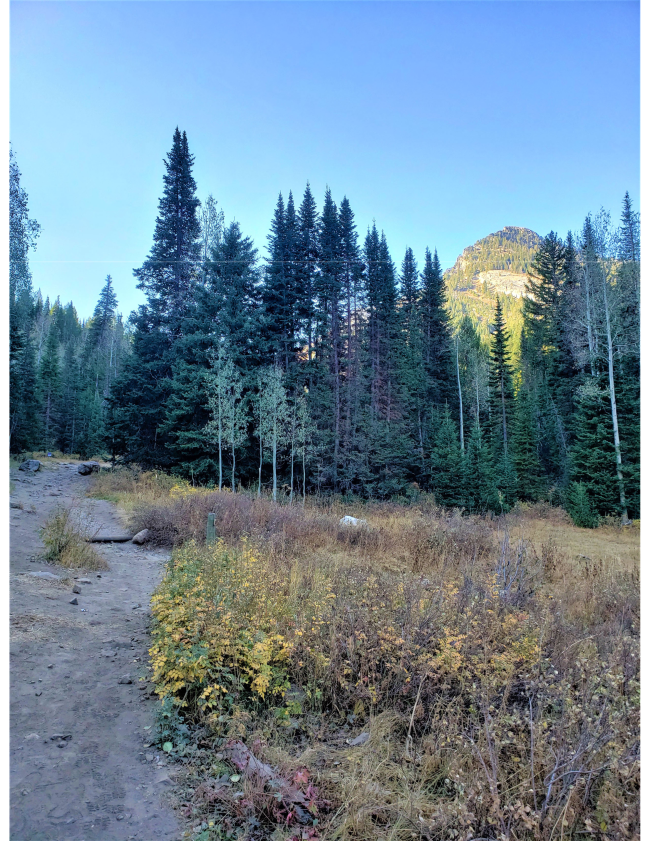 Conifers have leaves (remember that the needles are their leaves) that are small and very sturdy. Feel a conifer leaf compared to a deciduous leaf. The conifer feels a bit waxy, and it is this special coating that helps the leaves retain water. Their leaves are better adapted for winter conditions, and by keeping the leaves the trees are able to produce food all winter long.
Conifers have leaves (remember that the needles are their leaves) that are small and very sturdy. Feel a conifer leaf compared to a deciduous leaf. The conifer feels a bit waxy, and it is this special coating that helps the leaves retain water. Their leaves are better adapted for winter conditions, and by keeping the leaves the trees are able to produce food all winter long.
Bonus: In other articles, we have talked about the difference between deciduous trees and conifer trees, but did you know that there are deciduous conifer trees?! Deciduous conifer trees are conifers that lose their needles every year. Here in the canyons we do have a small population of larch trees. If you have some extra energy after today’s hike, drive up the canyon to Spruces Campground and see if you can spot their yellow needles!
One of the most striking deciduous trees found here in the canyon is the Quaking Aspen. Why is it called a “quaking” aspen? If it is a windy day, close your eyes and have a good listen! As you look around, you might think that there are many aspen trees here along the trail. Despite seeing so many tree trunks, you are actually seeing only a few trees. This is because they are clones! Beneath the soil is one shared root system, and the trees you see above the ground are offshoots of that root. How could this be an advantage? One way this benefits the aspen is during forest fires. Although the plants you see above the ground might be destroyed, the root stays safe underground and can send up new shoots. For this reason, aspen are often the first trees to grow back after a fire or other major disturbance.
Did you know that Utah is home to one of the largest living things in the world? It is a stand of aspen named Pando that can be found on the Fishlake National Forest! Pando is about 108 acres large. If a standard football field is 1.32 acres, how many football fields would it take to cover Pando? (Answer: 81.8, which we can round up to 82 football fields!)
Bonus: Can a plant have behavioral adaptations? While a plant does not behave or make choices in the same way that people or animals do, the answer is yes! Have you ever noticed a plant turn or angle itself to face the sunlight? That would be an example of a behavioral adaptation since it is responding to its environment.
Stop Four – Upper Bridge
Topic: History and Human Use
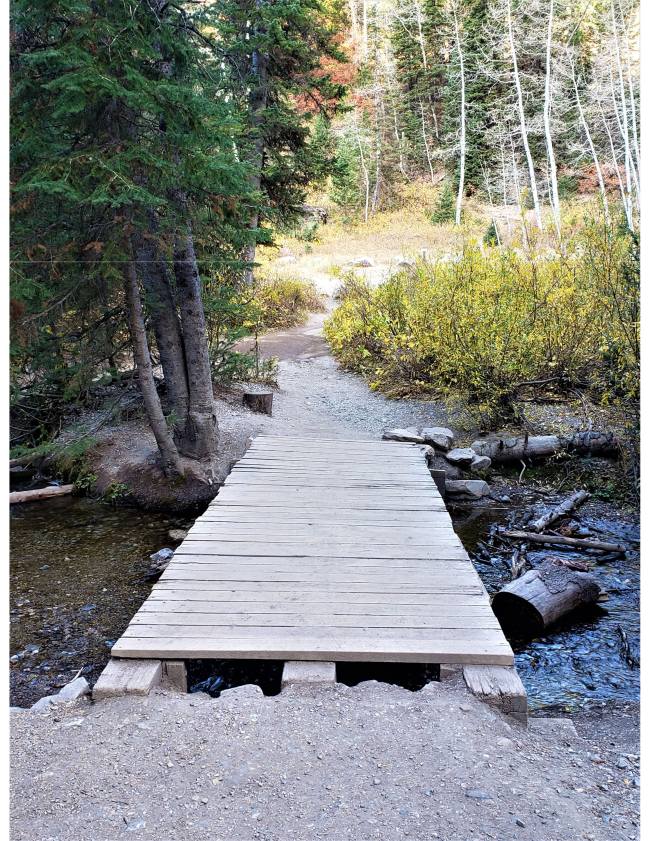 There are many ways that humans have adapted to visiting and living in the canyons. While we do have many physical adaptations that help us survive, let’s think about behavioral adaptations (the things that we do or create) that help us out when we are in the canyons. Can you think of any examples? One example is choosing to be prepared when going for a hike – bringing water and snacks, bringing warm layers, and keeping your distance from animals are all things that we do to help us survive and thrive. We can also think about the ways that people have made it easier and safer to travel into the canyons like building roads and safe parking areas, adding bus routes in the wintertime, and even by putting in a crosswalk. Can you think of any other things that people have done in order to make the canyons safer?
There are many ways that humans have adapted to visiting and living in the canyons. While we do have many physical adaptations that help us survive, let’s think about behavioral adaptations (the things that we do or create) that help us out when we are in the canyons. Can you think of any examples? One example is choosing to be prepared when going for a hike – bringing water and snacks, bringing warm layers, and keeping your distance from animals are all things that we do to help us survive and thrive. We can also think about the ways that people have made it easier and safer to travel into the canyons like building roads and safe parking areas, adding bus routes in the wintertime, and even by putting in a crosswalk. Can you think of any other things that people have done in order to make the canyons safer?
One thing you’ll notice on your hike is that many of the trees have been carved by humans. Is it a good idea to carve your name or initials into a tree? The answer is no. You can think of tree bark like your skin. Your skin gives your body a layer of protection, and bark does the same for trees. Carving into the tree leaves an open wound that can leave the whole tree vulnerable to harmful pests and diseases, and can also damage the parts inside the tree that transport water and food. What do you do when you get a cut? You clean it and cover it with a bandaid to avoid getting an infection, and eventually it heals. Unlike a cut on your skin, a cut on a tree does not heal or go away over time. It adapts to the damage by sealing off the injured section to hopefully protect the rest of the tree. Aside from being harmful, it is also illegal to carve a tree within the National Forest.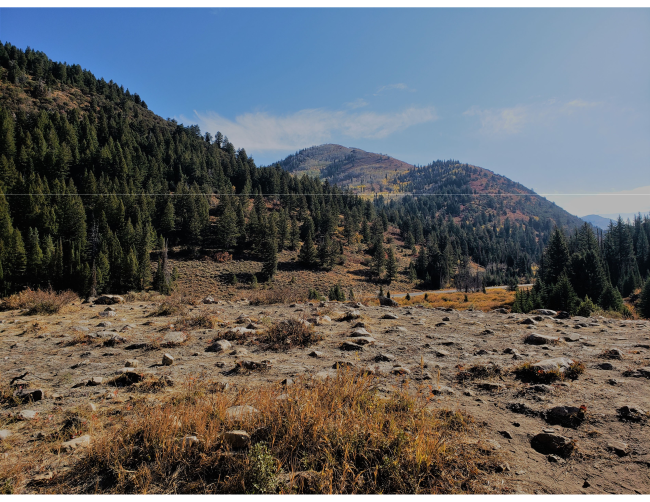
Stop Five – Donut Falls
Topic: Watershed
Remember that a watershed has three main jobs: to collect water, to store water, and to release water. Humans can impact these functions in many ways, and over time we have had to modify our behavior to protect the watershed for our own health and for the health of the canyon ecosystem as a whole.
When pioneers came to Utah, they used the resources here in the canyons to help them survive. They used the water to drink, they used the timber to build their homes, they let their livestock graze, and eventually they began mining for ore. The heavy use of these resources resulted in a canyon with few trees, little vegetation, and polluted water that was making people sick. How do you think people fixed the problem of pollution in the watershed? What they did was work to restore the canyons. Plants and trees are part of a healthy watershed, and so a tree nursery was established in this area. Luckily those glaciers left a big, open space perfect for growing rows upon rows of tree saplings! These saplings were taken and planted all over this canyon and neighboring canyons. The lush forest you see today is a direct result of this planting effort that began over 100 years ago. In other articles, we talked about how plant roots filter the water and stabilize stream banks to prevent erosion. As the plant life in the canyons began to flourish, and as rules and regulations were put into place to restrict grazing and logging, the watershed was able to recover.
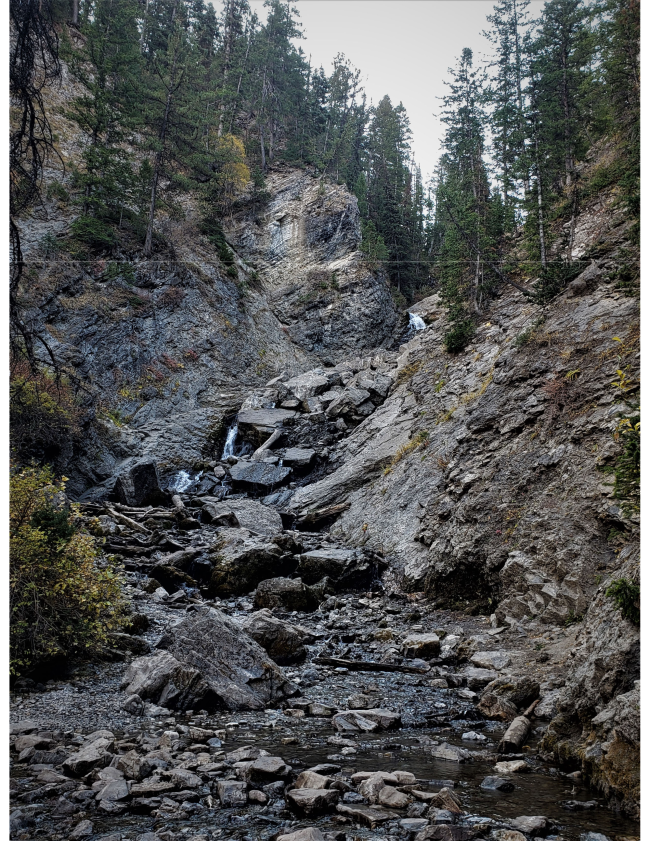 Just because the canyons were replanted didn’t mean that the watershed was completely safe from human impact. Even today, we continue to adjust our actions in order to keep the water safe and clean. One way of doing this is by keeping our dogs out of the canyons. Dog waste can transmit pathogens, viruses, and bacteria like E.coli. In our water, these things can make people sick if not treated properly. As an example, we’ll step away from the Cottonwoods and look at Corner Canyon in Draper. The watershed was a popular area for people and their dogs to visit, and the amount of dog waste being left behind became a problem. E.coli levels were so high that they could not be measured and the water could not be treated for drinking unless it was mixed with other water. Dogs were banned from the canyon in 2016, and a recent statement from WaterPro reports that levels of E.coli have decreased by 90% since restrictions were placed!
Just because the canyons were replanted didn’t mean that the watershed was completely safe from human impact. Even today, we continue to adjust our actions in order to keep the water safe and clean. One way of doing this is by keeping our dogs out of the canyons. Dog waste can transmit pathogens, viruses, and bacteria like E.coli. In our water, these things can make people sick if not treated properly. As an example, we’ll step away from the Cottonwoods and look at Corner Canyon in Draper. The watershed was a popular area for people and their dogs to visit, and the amount of dog waste being left behind became a problem. E.coli levels were so high that they could not be measured and the water could not be treated for drinking unless it was mixed with other water. Dogs were banned from the canyon in 2016, and a recent statement from WaterPro reports that levels of E.coli have decreased by 90% since restrictions were placed!
Sources: http://draper.ut.us/CivicAlerts.aspx?AID=895&ARC=1347 and http://www.waterpro.net/2020/dogs-in-the-watershed-a-reminder/
Bonus: Why is it okay for the animals that live in the canyons to poop in the canyons? One big difference between dogs and the animals living in the canyons is their diet. Canyon wildlife eat a natural diet of things that are already part of the canyon ecosystem, while dogs eat processed, nutrient-rich dog food. Aside from pathogens and bacteria that can be spread by dog waste, the extra nutrients can lead to problems in the water by causing overgrowth of algae. It also comes down to the fact that roughly 5 million people visit the canyons every year. While not every person or family owns a dog, that level of visitation would still bring a lot of dogs (and their waste) into the canyons.
Bonus Activity: Let’s grab some paper and a writing utensil and find a nice spot outside. Use your senses (but not your sense of taste!) to observe your surroundings. After taking a few minutes to gain some inspiration, write a poem! It can be short or it can be long. It can rhyme, but it doesn’t have to. Maybe you want to give your poem the shape of some object you see outside. Maybe even try turning your poem into a song! If you’d like to share your poem once you are done, ask permission from your adult and have them help you send a photo or email to [email protected]! We’d love to see your creativity in action!
Post Activity
Choose one of the habitats you’ve seen in the canyons. What kind of adaptations would you want to have in order to live there? Describe or draw what you would look like with those adaptations.